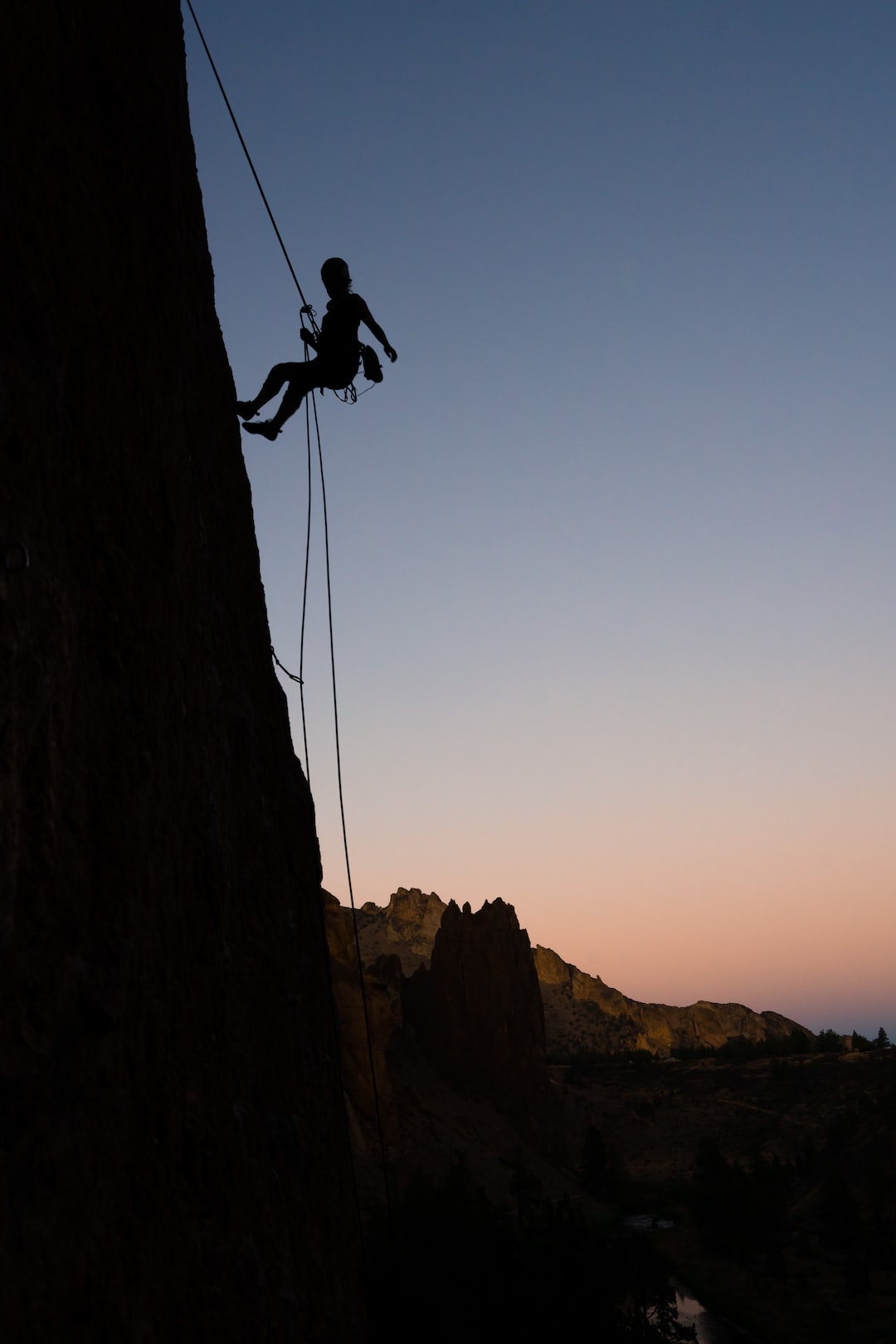Exploring Different Types of Running Surfaces and Their Impact
Running is a popular form of exercise that can be done virtually anywhere. However, choosing the right running surface can make a significant difference in your performance, comfort, and overall impact on your body. From asphalt to grass, sand to treadmills, each surface has its own set of advantages and disadvantages. In this blog post, we will dive deep into exploring different types of running surfaces and their impact on your running experience.
1. Asphalt/concrete:
One of the most readily available running surfaces is asphalt or concrete. This hard and unforgiving surface is commonly found on city streets and sidewalks. While it provides a stable and predictable running surface, it can be quite hard on your joints and muscles. The impact of these surfaces can increase the risk of injuries such as shin splints and stress fractures. Proper footwear with adequate cushioning is essential when running on asphalt or concrete.
2. Grass:
Grass is a popular choice among runners who seek a softer and more forgiving surface. It offers a natural cushioning effect and absorbs some of the impact, reducing the strain on your joints. However, running on grass may pose a challenge due to uneven terrain, which requires additional stabilization and may increase the risk of ankle injuries. Therefore, it is important to choose your grassy routes carefully and be mindful of any potential hazards.
3. Trails:
Running on trails is gaining popularity among outdoor enthusiasts. The earthy and natural surface of trails provides a softer landing compared to concrete or asphalt. It is essential to pay attention to the trail’s makeup, as different terrains like dirt, gravel, or rocks can vary in impact. Trail running also engages different muscles due to the frequent changes in terrain, making it a great workout for strengthening stabilizer muscles. However, be cautious of the potential hazards like tree roots or uneven surfaces to avoid tripping or spraining your ankle.
4. Sand:
Running on sandy surfaces, such as beaches, can be a unique experience. It requires extra effort due to the unstable and shifting nature of the sand, engaging different muscles than typical running surfaces. The added resistance from running on sand can help build strength in your lower body. However, it is important to note that the uneven surface of sand can increase the strain on your joints, so it is advisable to gradually introduce sand running into your routine and monitor your body’s response.
5. Treadmills:
Treadmills are a popular option for indoor running, especially in gym settings. The cushioned surface of a treadmill offers excellent shock absorption, reducing the impact on your joints. It also allows you to control the speed and incline, enabling a customized running experience. However, some runners may find treadmills monotonous as there is no variation in terrain. Additionally, the lack of wind resistance can make treadmill running slightly easier than outdoor running.
In conclusion, choosing the right running surface is essential for enhancing your performance and minimizing the risk of injuries. Each surface has its own unique impact on your body, and understanding these effects can guide you in making informed decisions about where and how you choose to run. Remember to listen to your body and gradually introduce different surfaces to your training routine. Whether it is asphalt, grass, trails, sand, or treadmills, finding the right balance and variety will help you enjoy a safe and fulfilling running experience.

